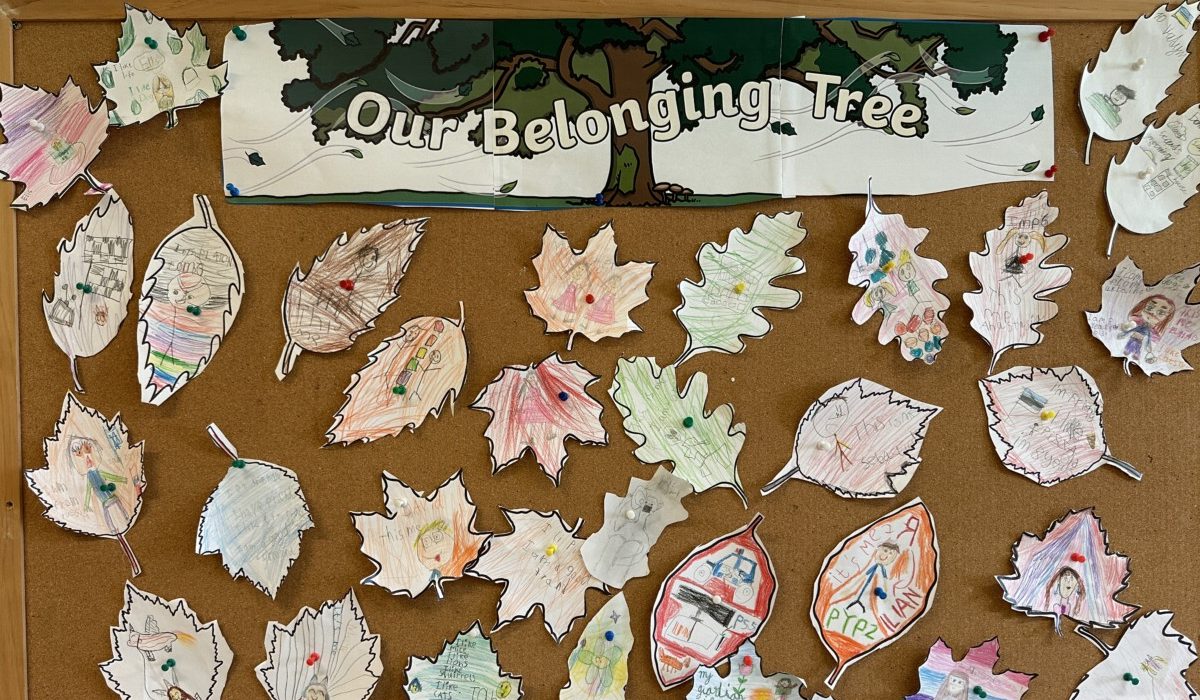 Teacher and researcher Dr Valerian Goguadze shares with NALDIC some multilingual teaching practices for international schools
Teacher and researcher Dr Valerian Goguadze shares with NALDIC some multilingual teaching practices for international schools
Traditionally, language teaching has been a one-language-at-a-time affair. However, in today’s diverse classrooms, students bring a wealth of linguistic and cultural assets that can significantly enrich their learning experience. We can boost students’ confidence and success by connecting these assets to the school environment. Recognising and valuing the linguistic diversity of students not only enhances their academic performance but also fosters more inclusive and supportive classrooms -and schools!- by helping students feel seen and respected. Based on my experience of teaching in an Estonian International School, I would like to share some strategies to make space for students’ linguistic and cultural backgrounds in the classroom through translanguaging.
Why Translanguaging Pedagogy?
Translanguaging pedagogy is about using students’ entire linguistic repertoire to enhance learning. It goes beyond the rigid boundaries of socially defined languages, promoting a flexible and inclusive approach (Cummins, 2021). Challenging traditional language teaching methods, often focused on mastering a single language at the time, this approach can be a powerful tool for multilingual learners.
Translanguaging can help students see each other’s home languages, fostering a sense of community (Lightbown, 2021). And teachers can create a more inclusive classroom environment by learning about their students’ backgrounds. Translanguaging is more than just allowing other languages; it’s about seeing a student’s languages as valuable assets and using them to make learning more accessible and engaging whilst creating community.
Translanguaging involves using one language strategically to facilitate learning other languages. This practice encourages students to use their entire linguistic repertoire to construct meaning, making learning more accessible and inclusive (Garcia & Tatyana, 2016). It recognises the interdependence and interchangeability of languages, promoting the deliberate use of one language to facilitate the acquisition of another. As seen in previous NALDIC blog posts, activities can be simple such as annotating sentences in multiple languages and comparing language structures, which help students engage with academic content and develop a sense of acceptance and belonging at the same time.
Examples of Translanguaging in Action
At the International School of Estonia (ISE), linguistic diversity is visible and celebrated, and ISE’s language policies are designed to support translanguaging in daily teaching practices. Celebration can happen through initiatives like ‘Home and Family Language Days’ when students come together and engage in activities that promote using their home languages. These activities not only help students maintain their linguistic heritage but also foster a sense of belonging and pride in their cultural identities.
Translanguaging is used in the classroom to facilitate a deeper understanding of complex concepts by using home languages alongside English. For instance, visual thinking routines and bilingual dictionaries are regularly used across subjects to aid comprehension. Here are some examples:
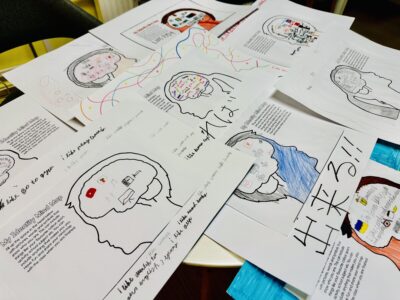
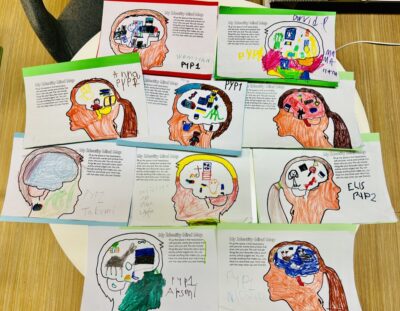

In language and literature classes students can create foldables for unfamiliar words. These foldables incorporate visual aids and bilingual dictionaries, enabling students to grasp definitions and contextual meanings more effectively. We feel that by integrating these strategies, ISE ensures that EAL learners can access the curriculum more fully and confidently.
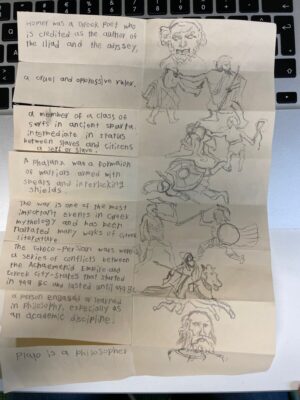
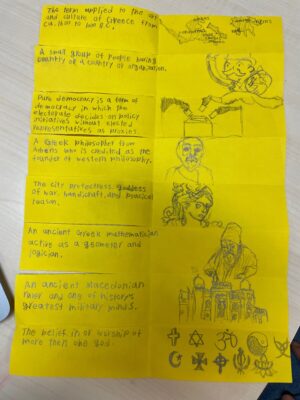
At ISE, in the International Baccalaureate Primary Years Programme (IB PYP), I use the Jolly Phonics Program [ADD LINK] and I adapted it for IB PYP EAL learners by connecting sounds across languages and using bilingual storytelling. Again, visuals and gestures help bridge gaps between English and home languages. The program supports students in grasping initial sounds and developing their reading and writing skills. By creating space for dialogue, students can translanguage as they discuss sounds and letters in their home language and apply their knowledge to English.
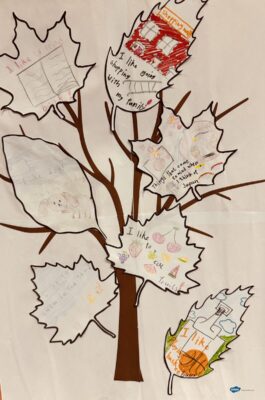

While there may be challenges, such as resistance from educators and the need for professional development, the benefits of a more inclusive and equitable learning environment are worth the effort. Overcoming these challenges requires a commitment to ongoing training and a shift in mindset towards embracing multilingualism as an asset rather than a barrier.In fact, recognising the value of our students’ home languages is the very first step towards teaching that promotes understanding and appreciation!
At ISE, students are encouraged to read books in their home languages and share short summaries with their peers. Additionally, I organize read-aloud sessions where EAL students bring their books from home and read them to their classmates. I saw how such activities can enhance language skills while building confidence and a sense of community among students.

Conclusions
In conclusion, at ISE we found that embracing translanguaging pedagogy transformed the educational experience for multilingual students. This approach enhances academic performance and fosters a sense of belonging and respect among students, and as we continue to value and support linguistic diversity, we pave the way for better educational outcomes and a more equitable learning environment for all students.
References
Cummins, J. (2021). Translanguaging: A critical analysis of theoretical claims. In Juvonen, P., & Källkvist, M. (Eds.) Pedagogical translanguaging: Theoretical, methodological and empirical perspectives. Multilingual Matters (7-36).
García, O., & Kleyn, T. (2016). Translanguaging with multilingual students. Routledge.
Lightbown, P. M., & Spada, N. (2021). How languages are learned (5th Edition). Oxford University Press.

Find out more about multilingual education
- Join one of our Regional or Special Interest Groups
- Attend one of our free NALDIC events this year
- Do you have a story to share? Write a post for the NALDIC blog


